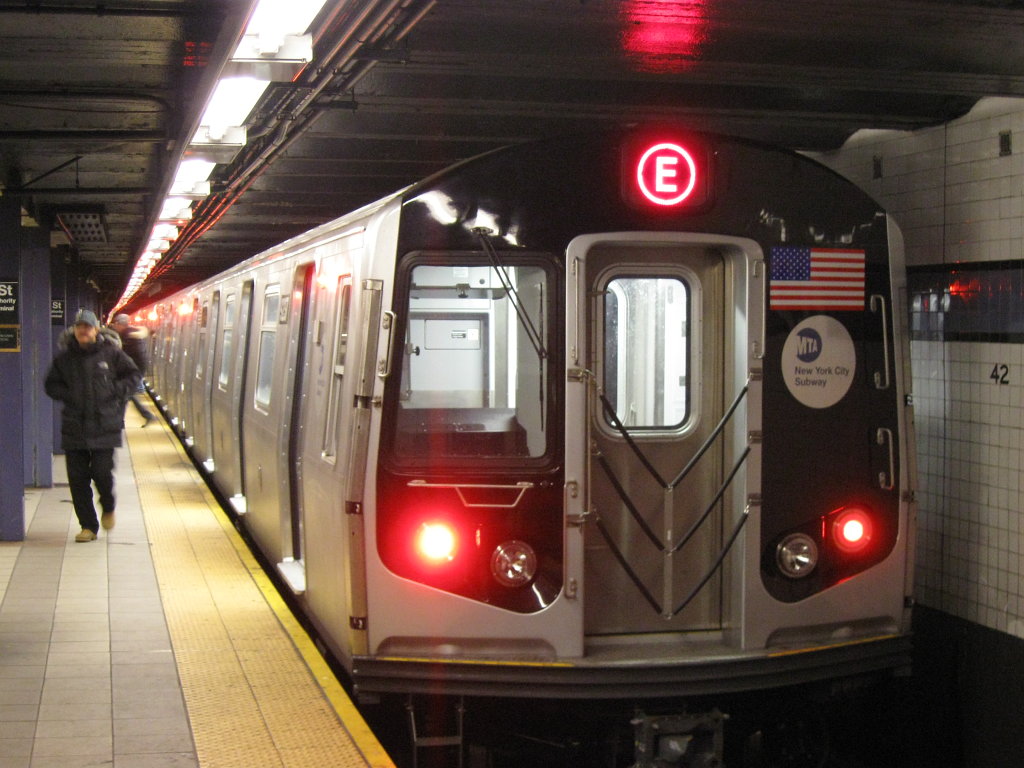Hello! And welcome to my blog. My name is Sunny and I’m currently a student at LaGuardia Community College. This semester, I am enrolled in a class known at this college as: ENN195.0962: Violence in American Art and Culture, taught by Dr. Justin Rogers-Cooper.
In my last blog, I presented a novel that our class is reading entitled: “Caesar’s Column,” written by Ignatius Donnelly.
Throughout the novel, numerous references to Volcanoes were used to describe the actions of a secret society (known as the Brotherhood) and the destruction associated with the organization.
One prime instance in which the theme of destruction referenced by a volcano appears is when Donnelly writes: “Above all this dreadful preparation the merry world goes on, singing and dancing, marrying and giving in marriage, as thoughtless of the impending catastrophe as were the people of Pompeii in those pleasant August days in 79, just before the city was buried in ashes;--and yet the terrible volcano had stood there, in the immediate presence of themselves and their ancestors, for generations, and more than once the rocking earth had given signal tokens of its awful Possibilities.” Here, Donnelly is clearly comparing the Brotherhood to the Volcano that demolished Pompeii. While the rest of civilization is unaware of the plans of the Brotherhood, in time, there will be an outbreak of violence that will take the population by surprise. This is an important passage because it foreshadows the actions of the Brotherhood and it compares the magnitude of violence to that of the volcano that obliterated the population of Pompeii. I think the volcano metaphor here is accurately used because it best describes the built up frustration of the less fortunate civilization and eventually things will get to a point where this civilization rebels or erupts like volcano. But not just any regular volcano, a volcano that that suddenly destroys a certain population.
Another moment in the novel in which Donnelly describes destruction in the form of a volcano metaphor is when he writes: “The line of the barricade is alive with fire. With my glass I can almost see the dynamite bullets exploding in the soldiers, tearing them to pieces, like internal volcanoes.” At this point in the novel, the rebel Brotherhood is fighting the Prince and his army. This is a really powerful seen because the image of violence is easily painted due to the volcano reference. It’s also ironic because it was the Brotherhood that was supposed to erupt like a volcano, but instead, some of the soldiers experienced “volcanoes” themselves and it certainly came as a surprise to them. Like volcanoes, the violence in this scene is chaotic, unavoidable, and devastating. I felt like Donnelly used the volcano reference here to try and depict the kind violence that was occurring, but also to remind us, the readers, that this was the destruction that was predicted earlier in the novel.
The first passage presented here in this blog basically foreshadows events that occur in the second passage. The use of the word “volcano” is supposed to represent destruction and death that is ultimately inevitable. The first passage predicts what’s going to happen and the second passage unveils exactly what unfolds when the Brotherhood finally carries out their plan.
I think that mentioning and referring to volcanoes repeatedly throughout the novel presents this sense of urgency that can also be related to that of a volcano about to erupt. It’s as if Donnelly was saying: Destruction is coming, destruction is coming, it’s inescapable, many will perish, chaos will ensue. This is ultimately what happens in the novel. There is this build or hype to the battle that occurs between the Brotherhood and the army of the Prince, just like there is build up in a volcano. Then there is this outbreak of violence and fighting, just like a volcano erupts. So I definitely think that the volcano metaphors were powerful in this novel because of how accurately the metaphors were able to describe the emotions involved and describe the events that took place.






